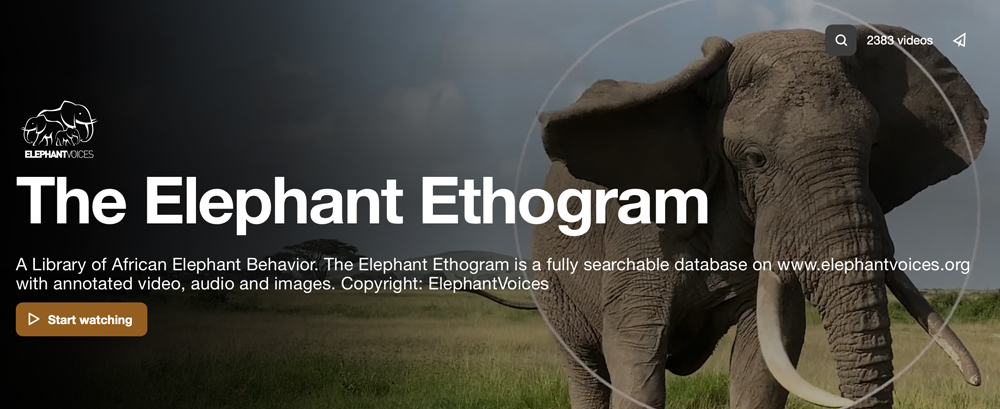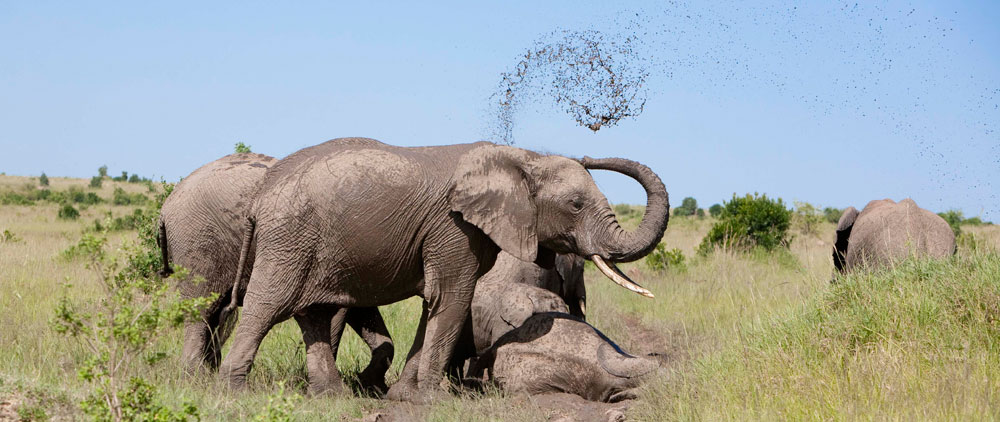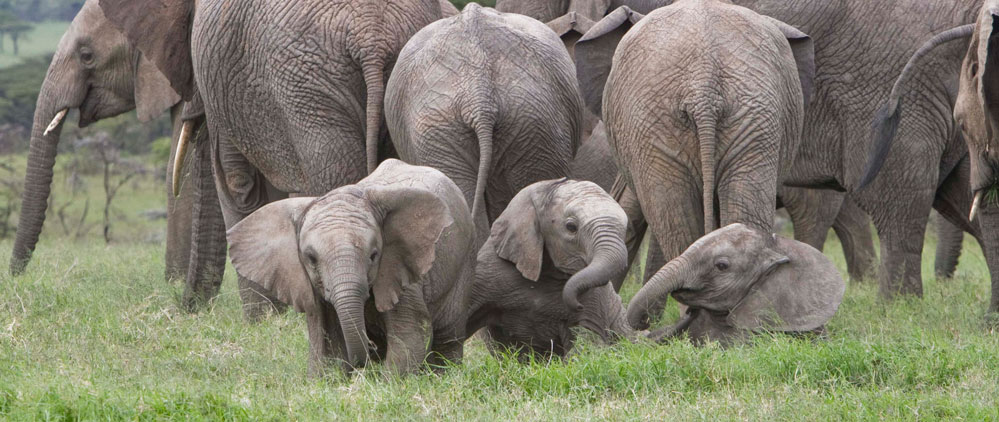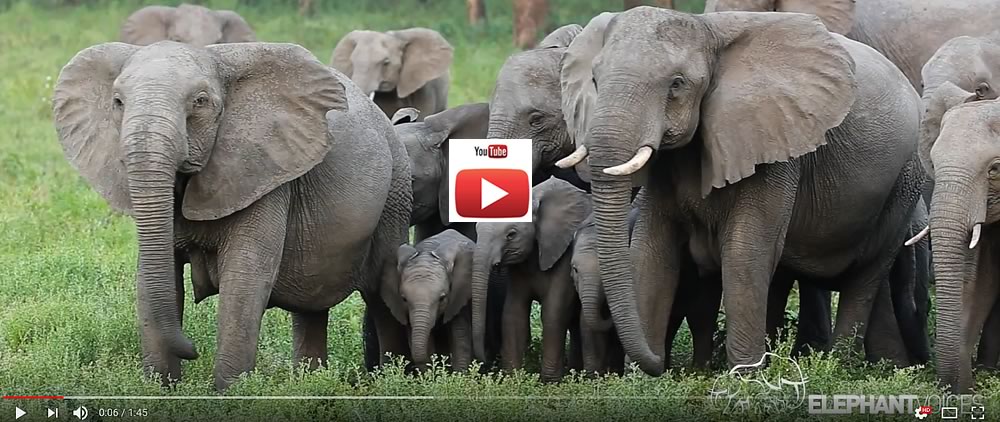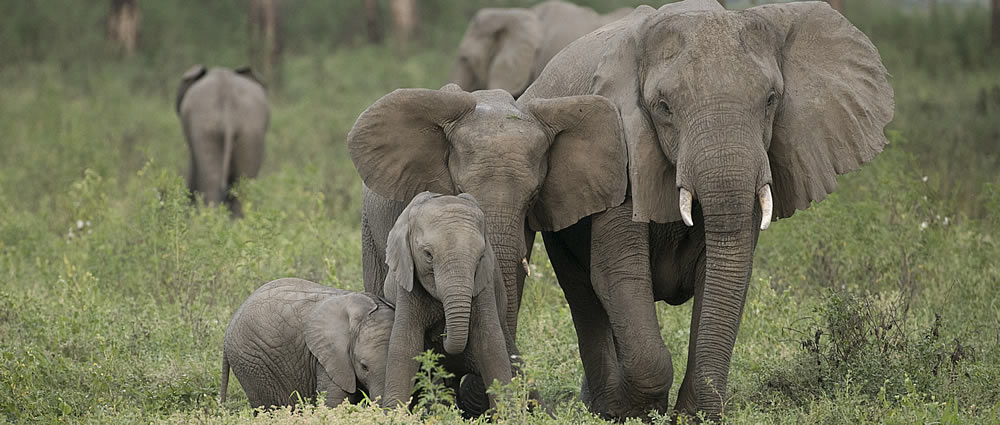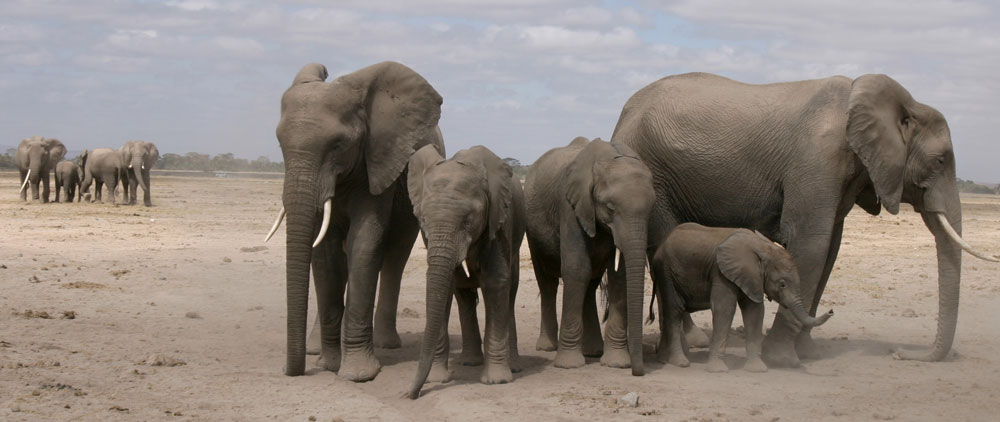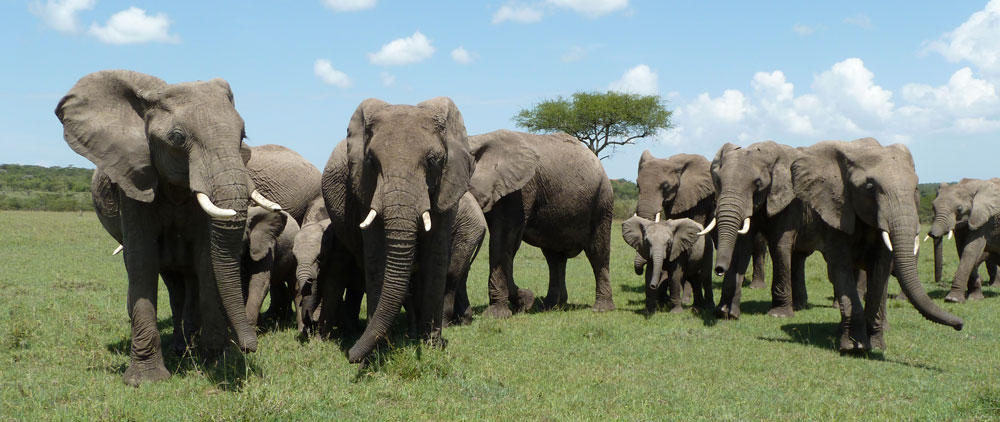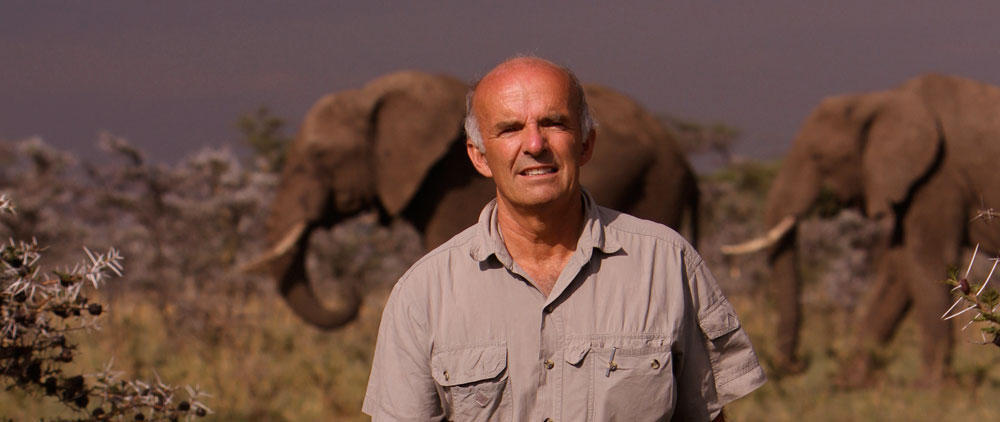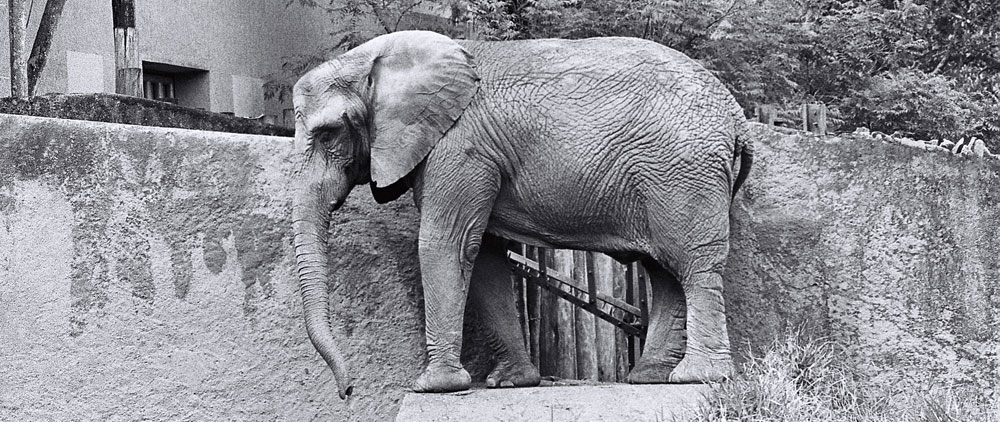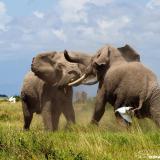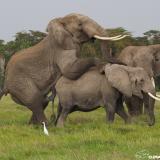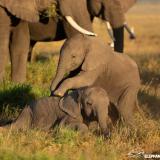gorongosa park: rebirth of paradise
-
Acknowledgements
For permission to conduct research in Amboseli National Park over many years we thank the National Research Council, the Kenya Wildlife Service and the Wardens of Amboseli National Park. Our many colleagues and collaborators have our deepest thanks for their commitment, support and friendship. We are grateful for the opportunity to work with these individuals and to learn from their experiences.
We are grateful to those organizations, companies and individuals who have made possible our Elephant Partners conservation initiative for the Mara elephants, launched in 2011. We also greatly appreciate our collaboration with Kenya Wildlife Service, the Narok County Council, the conservancies and group ranches, the Mara Elephant Project and other stakeholders of the Mara ecosystem and its elephants. See Acknowledgements within the Elephant Partners section for the full picture for this particular initiative.
We very much appreciate the close collaboration and friendship with so many of those involved in the Gorongosa Project and the Gorongosa National Park in Mozambique, where we have been working since 2011. The holistic approach toward the Park, it's wildlife and the surrounding communities is an inspiration and a role model for conservation.
Many thanks go to our current and previous external Board members: Dr. Cynthia
-
ElephantVoices eNewsletter September 2015
Did you know….? Our work in Gorongosa, Mozambique, will be highlighted in episodes 2 and 5 of the six-part PBS series entitled, Gorongosa Park: Rebirth of Paradise. The film will premier on 22 September. Our photo of two Mabenzi family babies, taken on a rare drizzly, foggy morning in October 2013, has become an icon for the PBS series. The elephants were tucking into a bonanza of fallen seed pods under the Faidherbia albida trees.
Dear friend of ElephantVoices,
In Maasai Mara, Kenya, citizen scientists have been gathering data using our Mara EleApp and uploading to our Who's Who & Whereabouts Databases. In recent years human and livestock populations have increased and the landscape is being rapidly subdivided and fenced. Ivory poaching has hit the Mara elephants hard, too. While the outlook isn’t uplifting, elephants are resilient, flexible and smart, and we see these qualities reflected in the data: Elephants are strategically adapting their movements and behavior to overcome adversity and to balance access to security and resources. ElephantVoices is working with colleagues to define habitat and corridors to ensure long-term survival of elephants and connectivity of habitat. Many thanks to those who have made our work possible - JRS
-
Gorongosa Elephant Project
 In 2011 the Gorongosa Restoration Project (GRP) invited ElephantVoices to assess the Gorongosa elephant population, and to initiate a long-term elephant monitoring and conservation project. In October 2012 we began studying the Gorongosa elephants in earnest, and we continue to travel to Mozambique for a month or two each year. (Want to find Gorongosa on the map?)
In 2011 the Gorongosa Restoration Project (GRP) invited ElephantVoices to assess the Gorongosa elephant population, and to initiate a long-term elephant monitoring and conservation project. In October 2012 we began studying the Gorongosa elephants in earnest, and we continue to travel to Mozambique for a month or two each year. (Want to find Gorongosa on the map?)Back in 1969 Gorongosa National Park was home to over 2200 elephants. Between 1977 and 1992 civil conflict in the country took the lives of most of these individuals. Elephant meat was used to feed soldiers and ivory was sold for the purchase of arms and ammunition. By the time peace was restored it was estimated that less than 200 individuals remained alive.
Thanks to intervention by the Mozambican Government and the GRP, today (end 2017) we estimate there to be over 800 elephants in Gorongosa, and their numbers are gradually increasing. Yet, the survivors haven't forgotten their gruesome experiences. They are still wary of people and they continue to avoid large areas of the national park. Read more about the Gorongosa elephants here.
Our objectives
Our work aims to document the status of the Gorongosa elephants, to better understand the long-lasting physical and behavioral scars


